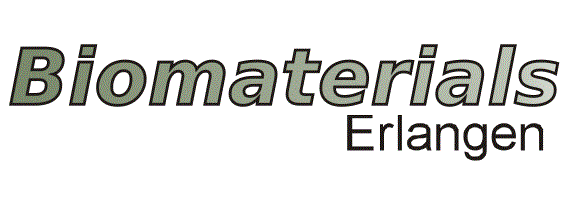Tanja Panick
Tanja Panick
Bachelor Studentin
Bioactive glass-based scaffolds coated with gelatin for sustained release of biomolecules
Betreuer: Dr.-Ing. Jasmin Hum, Prof. Dr.-Ing. habil. Aldo R. Boccaccini
For the application in bone tissue engineering bioactive glass (based on the 45S5 composition) is a widely researched and favored material due to its excellent bioactive properties [1]. However, due to its low fracture toughness and high brittleness it is not suitable for load-bearing applications [2]. In this work, bioactive glass-based scaffolds will be produced by the foam replica technique [1]. To overcome the drawbacks mentioned before, these scaffolds will be coated with biopolymers [3], for example gelatin. Mechanical tests will be carried out and the bioactive behavior of the composites will be examined. Furthermore, biomolecules with cellular activity will be incorporated into the gelatin coating, for example a family of natural flavonoids, which have been shown to be potent stimulator of osteogenic differentiation. The effect of the coating on mechanical properties, bioactive behavior and biomolecule release rate in vitro will also be determined.
[1] Q.Z. Chen et al.,45S5 Bioglass®-derived glass–ceramic scaffolds for bone tissue engineering, Biomaterials 27 (2006) 2414–2425.
[2] K. Rezwan et al., Biodegradable and bioactive porous polymer/inorganic composite scaffolds for bone tissue engineering, Biomaterials 27 (2006) 3413–3431.

